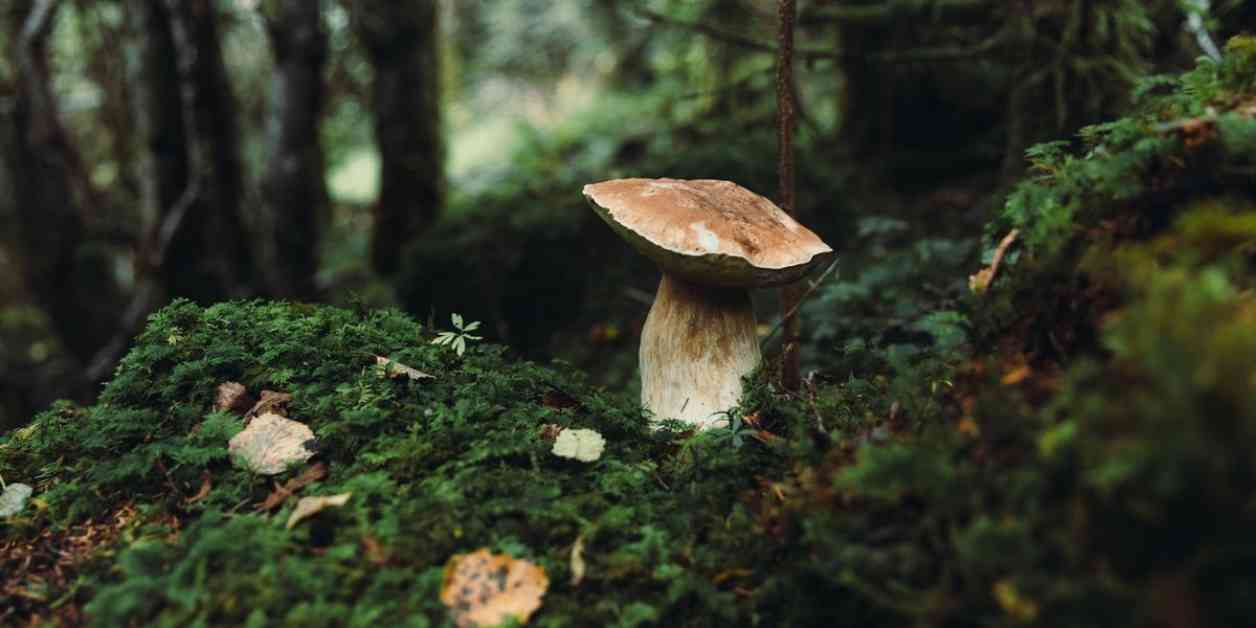Revolutionizing Robotics with Mushroom-Powered Biohybrids
In a groundbreaking experiment, scientists have developed a new type of robot that is controlled by a mushroom, specifically a king trumpet. This innovative approach utilizes the electrical signals produced by the fungi to power and direct the movement of biohybrid robots, marking a significant departure from traditional power sources such as mains electricity or batteries. Researchers from Cornell University in the US and Florence University in Italy have successfully engineered the fungal signals to enable the robots to sense and respond to their environment.
The biohybrid robots created in this experiment come in two distinct forms – one shaped like a starfish with legs for crawling across surfaces, and the other equipped with wheels for mobility. A video clip demonstrating the robots in action showcases their ability to maneuver and interact with their surroundings in response to the signals generated by the mushroom. These findings were detailed in a study titled ‘Sensorimotor control of robots mediated by electro-physiological measurements of fungal mycelia,’ which was published in the prestigious journal Science Robotics.
The Potential of Mushroom Biohybrids in Robotics
Anand Mishra, a research associate in the Organic Robotics Lab at Cornell, highlighted the unique capabilities of living systems to respond to various stimuli such as touch, light, heat, and other signals. By leveraging the sensory abilities of mushrooms, the biohybrid robots demonstrate a remarkable adaptability to unexpected environmental conditions. Mishra emphasized the importance of integrating living organisms into robotic systems to enhance their functionality and responsiveness to changing inputs.
The applications of mushroom-powered biohybrids extend beyond simple movement and navigation tasks. These robots have the potential to sense and analyze chemical and biological signals, making them valuable tools for environmental monitoring and precision agriculture. For instance, the ability to detect soil chemistry in row crops could enable farmers to optimize fertilization practices and reduce the environmental impact of agriculture, such as harmful algal blooms. Rob Shepherd, a professor of mechanical and aerospace engineering at Cornell, underscored the significance of harnessing the unique sensing capabilities of mushrooms for future robotic technologies.
Exploring the Boundaries of Living Organisms in Robotics
The integration of living organisms into robotic systems is not a new concept, as evidenced by previous experiments such as the artificial worm brain in a Lego robot and the machine embedded with living tissue developed by researchers from MIT. These pioneering efforts demonstrate the potential for synergistic interactions between biological and mechanical components in creating advanced robotic systems with enhanced sensory and adaptive capabilities. By pushing the boundaries of traditional robotics and exploring the symbiotic relationship between living organisms and machines, scientists are opening up new possibilities for the future of robotics and automation.
In conclusion, the fusion of mushrooms and robots in the form of biohybrids represents a novel approach to robotics that holds great promise for a wide range of applications. From environmental monitoring to precision agriculture, these mushroom-powered robots have the potential to revolutionize the way we interact with and navigate the world around us. By harnessing the sensory abilities of living organisms, researchers are paving the way for a new era of bioinspired robotics that blur the lines between biology and technology.













